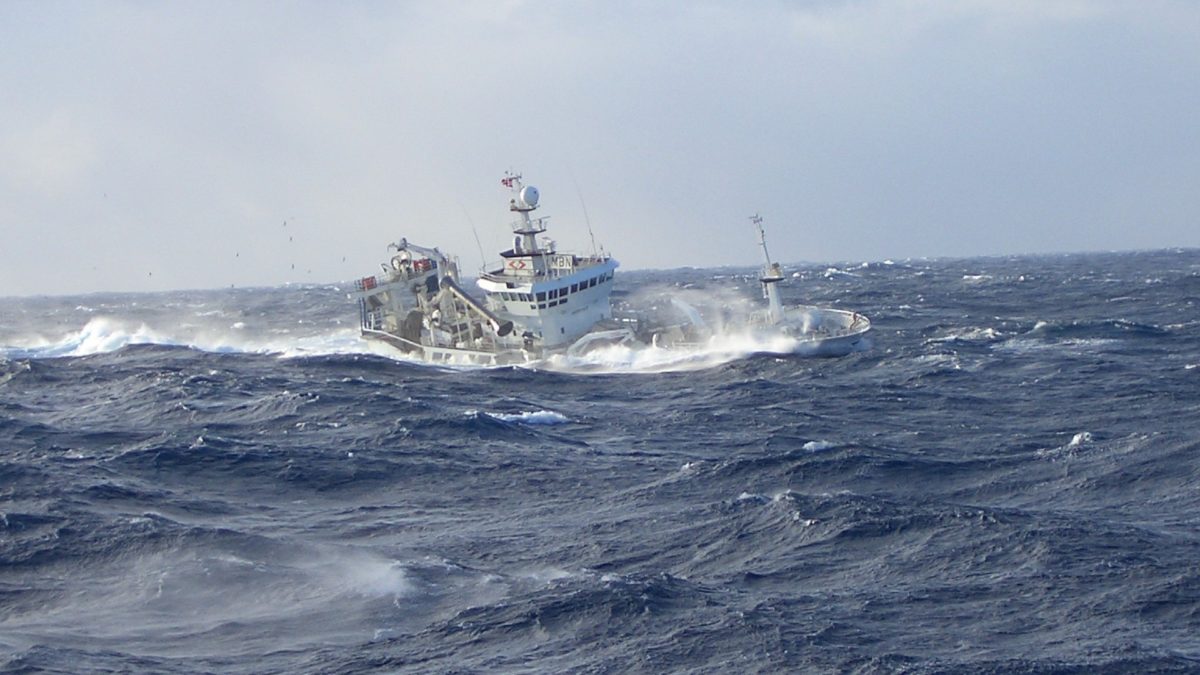The fishing industry is today one of Norway’s most important export industries, with an export value of wild fish of 31.5 billion NOK in 2020. Today, there are about 5 600 fishing vessels in Norway and the industry employs about 11 000 fishermen. According to Norwegian Statistics (SSB), greenhouse gas emissions from the fishing industry account for approximately 2% of the total Norwegian greenhouse gas emissions.
It is important that emissions from fishing vessels are reduced, and thereby contribute to Norway’s overall target for reducing greenhouse gas emissions by 2030. The finance industry is an important player in Norway’s transition to a low-emission society. Many banks have own targets for net zero emissions from their portfolios and need to team up with their clients to achieve these.
Transition-linked financing is any form for financing where financial terms are linked to achieve stated goals, such as percentage reduction of greenhouse gas emissions. Transition-linked financing can play a key role to reduce the emissions in the fishing industry through fleet renewal. Transition-linked financing can increase the profitability of low- and zero-emission solutions through beneficial loan terms, and hence accelerate the green shift in the fishing industry.
The starting point for this pilot is to look at the fishing fleets contribution to reduce climate and environmental emissions, and how the finance sector can influence the companies towards a greener direction. A framework for transition-linked financing has already been developed for the shipping industry, and this pilot will take a similar approach for the fishing fleet.
Goal of pilot project
- Final goal: Deliver advantageous loans to green transition-linked projects for Norway’s fishing fleet.
- Final objective: Define criteria that need to be achieved to qualify for a transition-linked finance loan.
To achieve this, the following working packages are defined:
- Map the fishing fleet’s role in the green shift
- Map the already established rules, frameworks, guidelines etc. for green transition-linked financing
- Define sharp and concise KPI’s
- Define sustainability performance targets (SPT) / threshold values for the fishing fleet
- The EU Taxonomy
Status
The pilot kick-off meeting was completed August 30th 2022. It is an important precondition for this pilot that all the major banking players for financing fishing vessels are participants in the pilot. For the banks, the goal is to be able to offer loans on the same terms.
September 2022
The pilot study is in a very early phase. The work packages have been reviewed, and the different participating partners have registered where they can contribute.
December 2022
All work packages in the pilot are being worked on.
January 2023
Some of the work packages have been completed. The results of the pilot study will be presented – after the work has been completed.
April 2023
The pilot has mapped the role of the fishing fleet in the green transition, as well as established regulations, frameworks and guidelines for green transition-linked financing. The pilot recommends EEOI (Energy Efficiency Operational Indicator) as a measurable KPI. In practice, this means measuring greenhouse gas emissions per kilograms of fish caught and distance sailed.
Transition-linked loans should:
- Stimulate restructuring and reduced emissions
- Be linked to specific sustainability goals
- Be regulated against measurable KPIs
It is important that climate policy is linked to fisheries policy, and a number of factors that differentiate fisheries from shipping must be taken into account.
June 2023
Working on finalizing the report for the pilot.
September 2023
The pilot was concluded.
The pilot has mapped the fishing fleet’s role in the green transition, as well as established regulations, frameworks, and guidelines for green transition financing. The pilot recommends EEOI (energy efficiency operational indicator) as a measurable KPI. In practice, this means measuring greenhouse gas emissions per kilograms of caught fish and distance sailed.
A summary and the results were presented at an open GSP Mini-Seminar on October 31st.
The results of the pilot has now been taken into use on a number of customers by Sparebanken Vest.
The pilot’s results have been covered in a number of media outlets, including Teknisk Ukeblad and Fiskeribladet.

